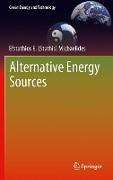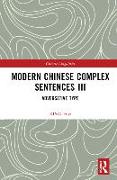Alternative Energy Sources
BücherAngebote / Angebote:
Alternative Energy Sources is designed to give the reader, a clear view of the role each form of alternative energy may play in supplying the energy needs of the human society in the near and intermediate future (20-50 years). The two first chapters on energy demand and supply and environmental effects, set the tone as to why the widespread use of alternative energy is essential for the future of human society. The third chapter exposes the reader to the laws of energy conversion processes, as well as the limitations of converting one energy form to another. The sections on exergy give a succinct, quantitative background on the capability/potential of each energy source to produce power on a global scale. The fourth, fifth and sixth chapters are expositions of fission and fusion nuclear energy. The following five chapters (seventh to eleventh) include detailed descriptions of the most common renewable energy sources – wind, solar, geothermal, biomass, hydroelectric – and some of the less common sources, such as tidal and wave energy. The emphasis of these chapters is on the global potential of each source, the engineering/technical systems that are currently used in harnessing the potential of each one of these energy sources, the technological developments that will contribute to wider utilization of the sources, and the environmental effects associated with their current and their wider use. The last three chapters are: energy storage, which is the main limitation of the wider use of solar and wind power and will become an important issue if renewable energy sources are to be used widely, energy conservation, which appears to be everyone’s favorite issue, but by itself is not a solution to our energy challenge, and energy economics, a necessary consideration in market-driven economies. The fourteen chapters in the book have been chosen so that one may fit a semester University course around this book. At the end of every chapter, there are 12-20 problems including 1-3 thought-provoking questions on a major socio-economic issue related to energy. In instructor may assign essays, discussions, presentations or design a further research project around these problems.
Folgt in ca. 15 Arbeitstagen



